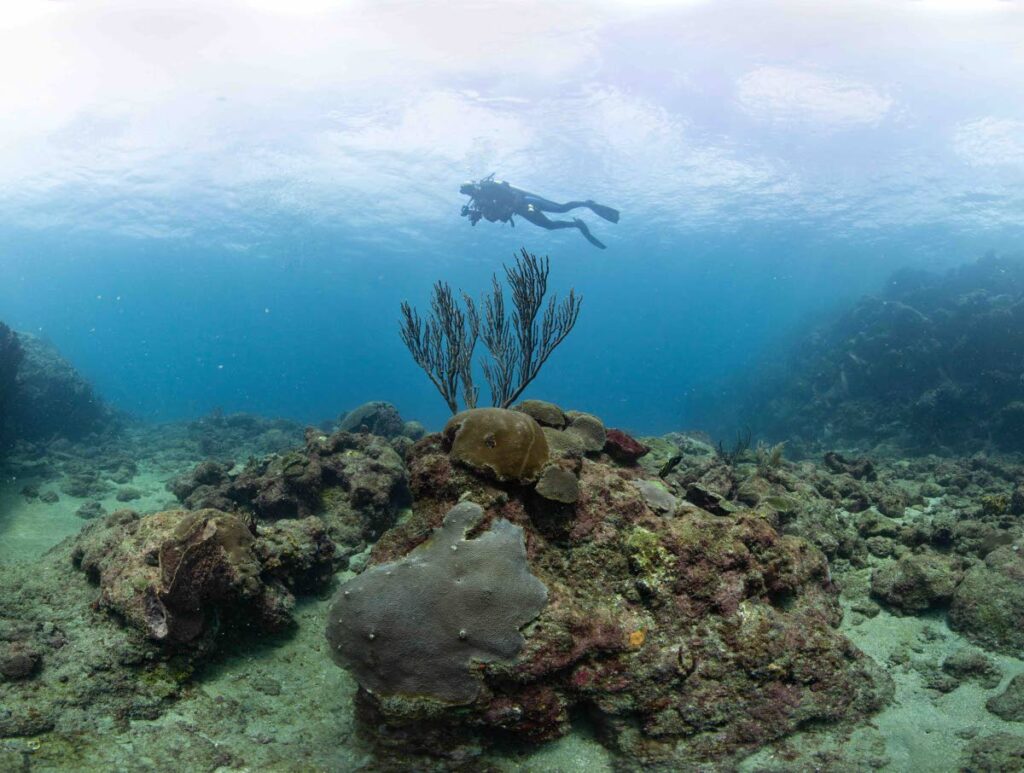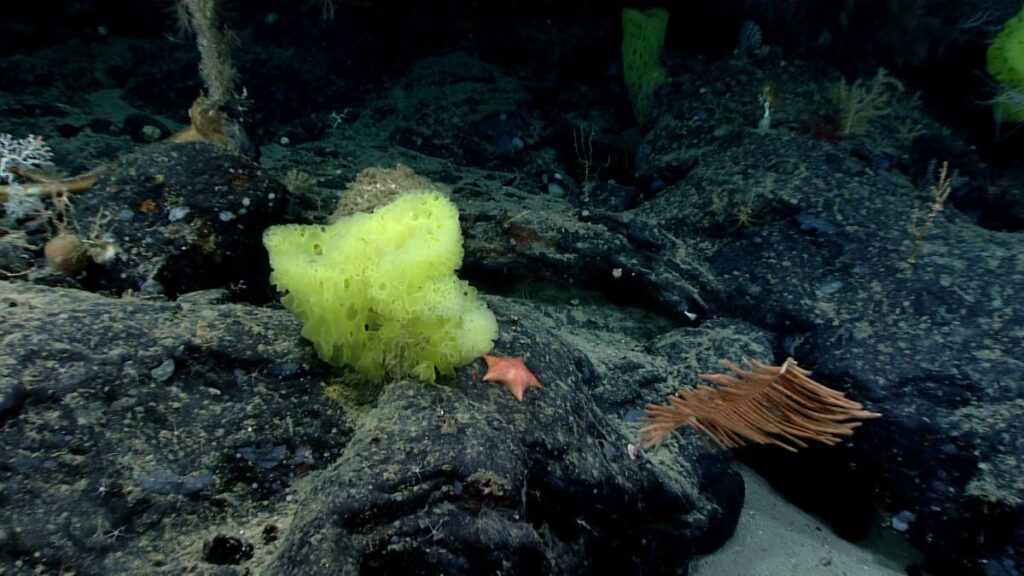Ocean wonders of 2021

The ocean is an unending source of wonder. Dr Anjani Ganase discusses a few of the discoveries made in 2021, including the realisation that protection should be secured by co-operation among all nations working together.
Regeneration from a decapitated head
Scientists have discovered two species of sea slugs that can regenerate the whole body, including major organs such as the heart and intestines, from a decapitated head. The wound at the site of decapitation healed within the day and the severed head continued to be mobile for feeding. The slug regrew a heart within seven days with full regeneration in less than 20 days. But survival after decapitation only happened in the young slugs; while slugs older than a year (or if they had parasites) eventually died. Scientists have theorised that because these slugs incorporate chloroplasts from algae cells into its tissue for photosynthesis, this source of energy may support regeneration.

Drones for hurricanes
This year for the first time, NOAA scientists were able to send a sail drone into Category Four, Hurricane Sam with 120 mph winds and 50-foot waves. The sail drones bobbed on the surface of the ocean to collect information about the ocean’s surface conditions in a hurricane and relay the data to satellites. The sail drone collected about 15 hours of data; previous hover drones lasted 30 minutes. This data will assist in forecasting models, specifically the mechanisms that drive the intense ramping up of hurricane winds.
Mammoth tusk
In July, deep-sea explorers from the Monterey Bay Aquarium Institute (MBARI) stumbled on to a tusk of a mammoth at a depth of 10,000 feet while exploring a seamount of about 300 km off the coast of central California. MBARI was only able to retrieve a small portion and had to return to obtain the remainder. The tusk is one metre in length and belonged to a Colombian mammoth. The cold conditions of the deep has preserved the integrity of the tusk and allow the scientist to examine its structural make up and age, estimated to be more than 100,000 years old from preliminary investigation. Further investigation with collaborators will seek to find out more about the environment in which the mammoth lived from the DNA extracted and composition of the tusk.
Glowing sharks
Deep-water shark species were collected off the coast of New Zealand from depths of 660 – 3,300 feet to observe their ability to glow or bioluminesce. Bioluminescence is an important chemical reaction to release ‘cold light” from organisms. Tiny planktonic creatures and several organisms that reside in the deep emit bioluminescence to lure prey, such as the anglerfish, or for defence. While many organisms rely on the association of bioluminescent bacteria to emit light in the bodies, the two species of deep-water sharks use specialised skin cells called photophores. The kitefin shark which can get up to 5.5 feet in length, is the largest known glowing vertebrate in the ocean (the giant squid can also glow). Other shark species, such as the aptly named lantern sharks, have the same ability. They use the glow in low light environments to blend into the background for disguise. Unlike the chemical reaction triggered by luciferase enzyme, the luminosity in sharks is regulated by hormones.

Mapping the ocean
The US has mapped two million square kilometres of the ocean within its economic exclusion zones in high resolutions. This is roughly about 50 per cent of the ocean floor in the EEZ; these maps will highlight sensitive habitats and ecosystems, and deep-sea geological features which are important for risk management of earthquakes, tsunamis, and national security. The mapping will allow scientists to zone for protection, research and conservation, and exploitation.
Warships on Iwo Jima
Recent volcanic and seismic activity has fully revealed World War II warships on north Iwo Jima Island in Japan. In the last decade, only the high parts of the wrecked ships were observed above the water from the coast, while today the 24 ships sit on top of exposed western coast of the island. The ships were involved in one of the bloodiest battles of World War 2 between the US and Japan. Much of the volcanic island remains uninhabited because of the number of unexploded mines that litter the land. Nearby on south Iwo Jima, a new semi-circular crater has emerged from the sea.
Sponge Bob and Patrick
Explorers on the NOAA ship Okeanos Explorer, encountered the real-life deep-sea Sponge Bob and Patrick doppelgangers existing one mile below the surface. The real-life Sponge Bob is a Hertwigia sponge, and the sea star is Chondraster grandis, the species that inspired Patrick. They may appear to be friends in the children’s show, but the sea star will feed on its sponge neighbour.

Global effort for ocean protection
Scientists have modelled a framework for ocean protection that prioritises crucial areas for more protection compared to independent national strategies. These priority protected areas will fulfill biodiversity protection, food provision and carbon storage for most of the world. Co-ordinated full protection of selected ocean ecosystems could provide 71 per cent of the maximum possible biodiversity benefits, 92 per cent of food provisioning benefits and 29 per cent of carbon benefits. In contrast, independent national targets and unco-ordinated activities requires much larger areas of protection (up to 80 per cent) to obtain similar levels of protection for biodiversity, food supply and carbon storage. Such findings confirm the need to push for the 30 by 30 Global Ocean Alliance led by the UK. Members of the alliance pledge to make 30 per cent of the ocean a Marine Protected Area by 2030. So far, there are 71 countries signed on, including TT. Some nations that are home to crucial ecosystems, pertinent to successful recovery of biodiversity and fish stocks are not on the list, including the US. Previous pledges asked for ten per cent of the ocean to be fully protected by 2020. To date, seven per cent of the ocean is protected with only 2.7 per cent highly protected from human activities.

Comments
"Ocean wonders of 2021"